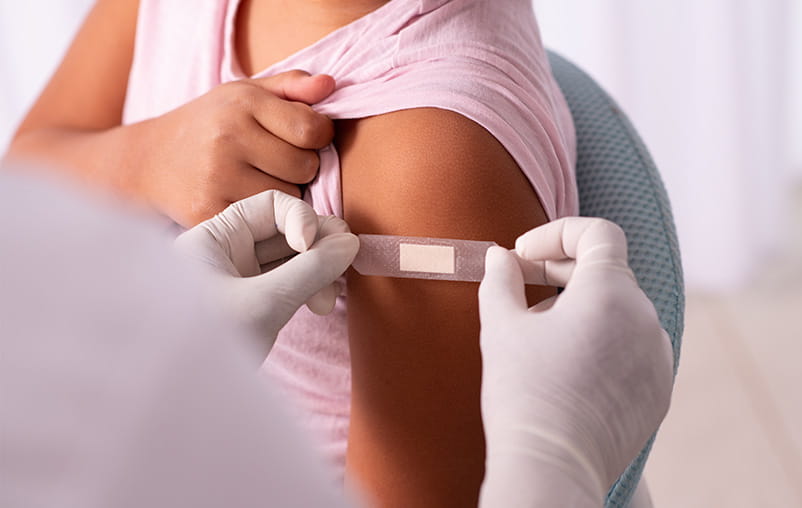It’s like they suddenly blossomed on wrists across America — those little rubbery bracelets with names like Fitbit and Jawbone.
They’re digital fitness trackers — high-tech descendents of those little step-counting pedometers that were popular a few years back. But these devices contain sophisticated tools that measure a lot more than steps.
While features between devices and brands vary, most measure the intensity of your workouts. Some monitor your heart rate and estimate your calorie needs — even the quality of your sleep. But mainly they take your own personal goals for weight loss and fitness, and help you track and analyze your progress toward reaching those goals.
“You can track what your current level of activity is over a week or month — however long you want to track — and make a plan to increase that level of activity, whether it’s increasing the intensity, increasing the number of steps, the amount of time spent walking or running, whatever it may be,” said Irene Lopez, R.N., manager of the Fitness Center at University Health’s Texas Diabetes Institute.
Last year, Lopez had to go online to buy the Fitbit Flex she wears for personal use. A couple of months later, the device was widely available at stores such as Walmart and Target. That’s when she knew they were becoming popular.
One benefit is the amount of data the devices can transmit to a smart phone or personal computer, and the apps that can crunch it in different ways. You can print out reports. With some, you can upload your results to a site that can be accessed by your physician or personal trainer if you so chose.
“It’s a pretty fascinating device,” Lopez said.
Lopez, who works with patients to improve their fitness levels, has yet to recommend the devices to any of them — although her program has made pedometers available to patients and holds a competition that involves step-counting. Cost is a factor —a good pedometer can be had for less than $10, whereas the fitness trackers are generally in the $100-plus range.
“Currently I think the cost is a barrier to a lot of folks,” she said. “But in the future, the costs could go down — just like with digital calculators.”
Lopez says a big benefit of the devices is the ability to track the intensity of your workouts. Her Flex has a built-in accelerometer to measure intensity — technology once limited to places such as exercise physiology labs. The Centers for Disease Control and Prevention recommends moderate- to vigorous-intensity exercise in their guidelines for most people.
As for which brand to buy, a number of reviews have appeared in the past year. Most suggest thinking ahead about which features you’ll actually use, and how the device will fit in to your own lifestyle.





